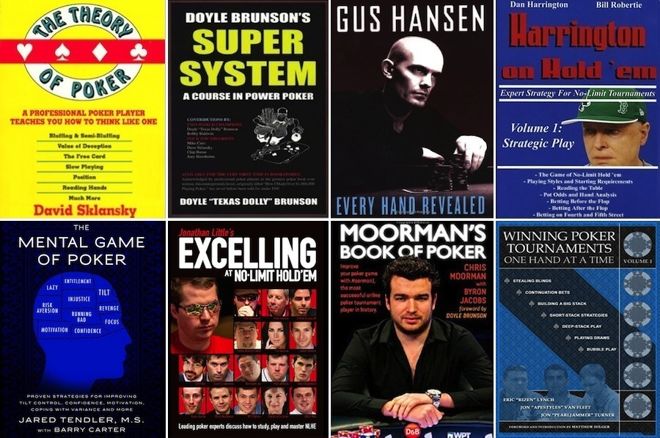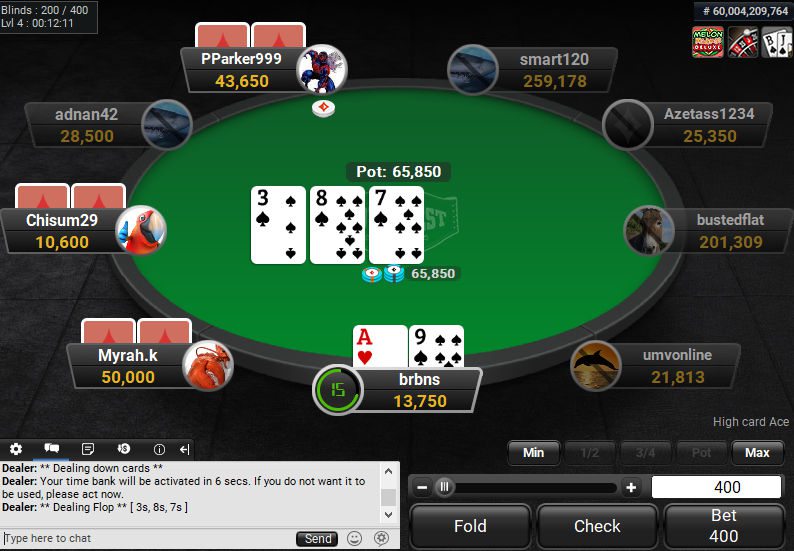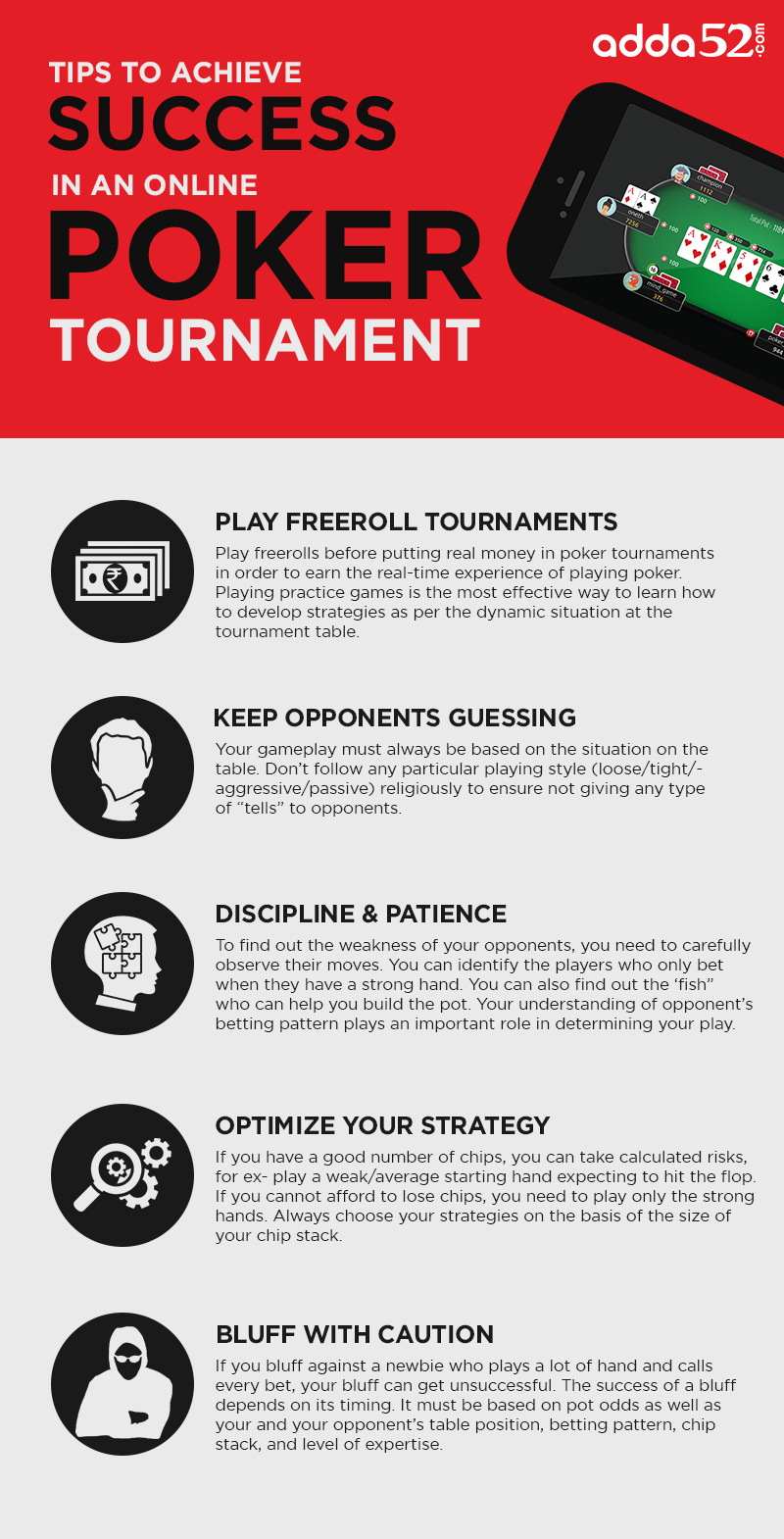Texas Holdem Tournament Strategies
If I were teaching a new player to play no-limit hold’em, and my goal were to get this player up to a professional level of play, how would I do it? What would my lessons look like?
Some other miscellaneous tips: #39 Learn Other Game Variations. If you are brand new to Texas Hold’em, maybe put this one on the bucket list. However, learning a new game variation will broaden your poker knowledge and often you will acquire new strategies which. 20 free tricks for playing flush draws in No Limit Hold’em. This online poker strategy guide is a truly great resource! 10 Pot Limit Omaha Secrets Exposed Learn these 10 closely guarded secrets from PLO expert Fernando Habegger. Advanced poker strategy training courses. Postflop Game Plan ($7). But, you can change all that with a solid Texas Hold'em Tournament Strategy plan. And, of course, you will need to be able to make that plan work to win. In this guide, we'll show you how to become a tough tournament player. No one will mistake your buy-in as a stepping stone to their success, ever again. Texas Holdem Playing Styles – We provide a detailed look at the various ways to play Texas Holdem poker by looking at the different playing styles and poker strategies one can employ at the poker table. There’s no one correct way to play and poker players must adjust their game and strategy to suit the situation and table conditions.
Let’s say I had only three months to do it. With most people, I will admit, it would be a tall order. The learning curve is steep these days, and I don’t think everyone could make it from zero to pro in that short a time.
I’d have to make compromises. I couldn’t try to cover every possible situation. I’d have to find the important bits and skip the rest.
I’d also have to tailor the lessons a bit to a specific type of game. The most important skills in some game types are not as important in others. With this in mind, here are what I think my top five lessons would be for a new player trying to beat the $2-$5 no-limit hold’em games in Las Vegas.

Lesson No. 1. Don’t limp into pots ever. And don’t call preflop three-bets unless you are trapping with an ultra-premium hand.
Limping into pots, calling the preflop raise, and then check/folding the flop when you miss is an enormous leak. It’s also one that nearly every player who hasn’t been specifically coached out of it exhibits.
In my opinion, most players would see an immediate improvement in their winrates if they simply refused to limp in with any hand, especially if they chose to instead fold most of these hands.
For most players, refusing ever to limp means playing much tighter, particularly from out of position. Until you’re already an established pro player, tighter is better.

Lesson No. 2. Don’t pay off big turn and river bets.

This lesson might be different in some types of games, but in the Las Vegas $2-$5 games, it’s easily a candidate for the single most important piece of advice. Do not pay anyone off. When someone makes a big turn or river bet or raise, your one pair hand (or whatever other hand you’re thinking about calling with) is a bluff-catcher. That means, in the great majority of cases, your opponent won’t be trying to make a value bet with a worse hand. Either you’re beat or your opponent is bluffing. And players in these $2-$5 games do not bluff often enough to make calling worthwhile.
So you don’t pay off. I know it can be frustrating to feel like you’re getting muscled out of a huge pot, but the fact is, most players in these games do very little muscling. They try to make hands, and then they bet the hands they make. A big bet usually means a big hand. You don’t need to call to find out for certain.
Lesson No. 3. Your opponents will limp into pots, call raises, and check/fold flops. Take advantage of this weakness by raising lots of hands with position, betting the flop, and often also betting the turn.
It’s a simple play, but it’s one that generates a very consistent profit in these games. Players play too loosely preflop, are too willing to call preflop raises after limping in, and are too willing to check/fold the flop or turn if they miss. With many players, you can ignore your cards and raise the limps, bet nearly all flops, and bet most turn cards as well.
Say two typical players limp in a $2-$5 game. You raise to $25 on the button. Both limpers call.
The flop comes 10 8 2. They check, and you bet $50. One player calls.
The turn is the 5. Your opponent checks, you bet $120, and he folds.
In this scenario, and in many like it, it doesn’t matter what you have. Your opponents are beating themselves by playing call/call/fold so often. All you have to do is put the bets out there and let your opponents run repeatedly into the brick wall.
Yes, there is some nuance to this, and some boards are better bets than others. But against many opponents at the $2-$5 level, most flops, turns, and even rivers are good bets. Keep betting until your opponents prove to you that they won’t beat themselves by folding too much.
Lesson No. 4. With value hands, don’t try to blow opponents out of pots. Instead, play most value hands with the goal of keeping a player in through the river.
Value hands — hands like top pair, two pair, or any other hand you think is a favorite to be best — lose their value when all your opponents fold. If you win without a showdown, you might as well have been holding 7-2. (See Lesson No. 3.) With your value hands, you generally want opponents to get to the river.
Most players like to see showdowns if they feel like they can see them without losing too much money. No one likes to fold and think, “What if I was good?” If your opponents get to the river, often it’s an easy sell to get them to call a final value bet (as long as you don’t make it too big).
Calling these value bets is one of the biggest mistakes that $2-$5 players make. (See Lesson No. 2.) Allow your opponents to make this mistake.
Most players try to end hands early when they feel like they have the best hand. “Don’t want to get drawn out on,” they think. But this is backward thinking. End hands early with strong bets when you have nothing but a weak draw. Allow hands to reach showdown when you actually have something to show down! (Makes sense when I put it that way, doesn’t it?)
If I have top pair, I’d much rather get called for $30, $50, and $80 on flop, turn, and river than get called for $30 and then blow my opponent out of the hand with a $100 bet on the turn. The chance to win $160 with the hand instead of $30 outweighs the risk that I’ll get outdrawn.
Lesson No. 5. Think every hand about what strategies your opponents are using and how they’re thinking, and (almost) ignore the two cards in your hand.
I’ll put it bluntly. Most $2-$5 players beat themselves. They tend to play strategies that are extremely transparent, overly simplistic, and inflexible. You can beat some of these players simply by betting every time it’s your action (See Lesson No. 3.) You can beat other of these players simply by waiting for hands that beat top pair/no kicker and then making value bets. (See Lesson No. 4.)
Your job as a poker player is to identify the strategy each opponent is using and deploy a counter strategy. In many cases, the two cards in your hand become irrelevant. My experience is that the players that are always thinking about their hands never figure it out. It’s the players who are thinking on the next level that do. ♠
Ed’s newest book, Playing The Player: Moving Beyond ABC Poker To Dominate Your Opponents, is on sale at notedpokerauthority.com. Find Ed on Facebook at facebook.com/edmillerauthor and on Twitter @EdMillerPoker.

Texas Hold'em Tournament Strategies
Playing in MTT games is not the same as playing in certain satellite events
If you are a poker player who enjoys playing satellites, you need to build a different skillset than what is required to play in a regular MTT tournament. There is a slight difference when playing these events because there is no need to finish in the first place, as all the players in the money received the same prize. This means that, on average, 10% of the field finishes in the first place.
It probably sounds like a simple task to focus on getting to the money during a satellite event, but it has its tricks. One factor to consider is that these kinds of events often report a large number of players, most of them weak. There are many players who crave cheap options to get into large events, and many of them probably have some sort of strategy on their own.
Most satellite tournament players tend to play in a very passive way throughout the tournament mainly because the first place doesn’t matter that much; it’s not common to find a player that will be going all-in just because. This is something you can take advantage of this situation by chipping away at the players who are not taking aggressive actions to survive and make it to the money. Since most players tend to play with fear, you can keep the pressure on because there will always be one player who will take the risk of calling your bet to get your share of the chips.
Texas Holdem Tournament Videos
During the first levels of the tournament, remember to dedicate some focus to building your chip stack to ensure your survival, safety and security. Having a large stack at the beginning almost guarantees a spot in the money. Playing with a large stack while the bubble is approaching is much less stressful than trying to make your small stack survive enough time. But you can always try to risk it a little before the bubble to increase your stack as much as possible.
The Venom is back with $7,000,000 GTD starting July 24th.
Strategies For Texas Holdem Poker
America's biggest poker site. Since 2001, ACR has broken industry records, including the Guinness World Record for the largest cryptocurrency jackpot in an online poker tournament.